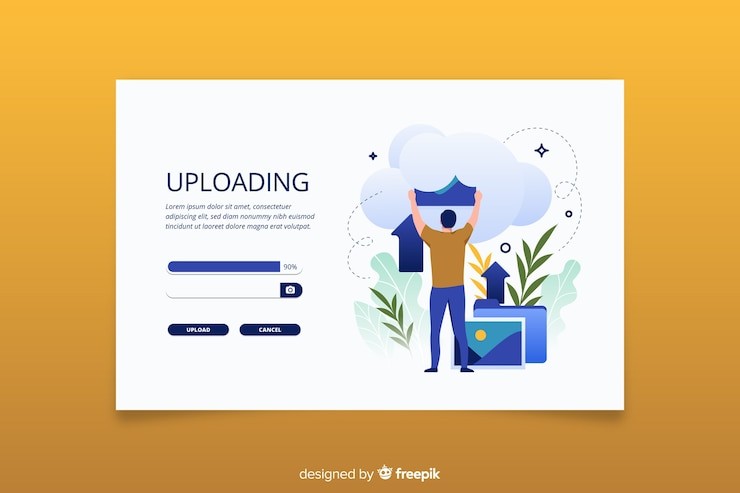Advances in Web Technology in the Next Decade

Web design and development continue to morph and advance at a breakneck pace as we progress farther into the 21st century. Websites are constantly being made more efficient, user-friendly, and cutting edge because to the constant development of new technologies. Simpler, sleeker designs using contemporary typefaces and uncluttered layouts are becoming increasingly popular. It's becoming increasingly common to incorporate animation and other forms of multimedia into websites in an effort to maintain visitors' attention and interest. In a nutshell, web development is currently undergoing and will undergo significant and ongoing change in the years to come.
To begin, let's define web development and see how it has evolved through time.
The building and upkeep of websites is known as web development. It includes everything from conceptualization and coding to content distribution and interaction management. Web development used to be much easier in the past. In the early days of the web, there was no demand for interactive features or elaborate design, therefore text-based sites dominated.
Since the early days of the web, web development has evolved in tandem with the internet itself. These days, people expect a website to load instantly, have a smooth user experience, and look well. Even on mobile devices, they must be intuitive to use. To top it all off, they must be stable even under heavy loads. This is an ambitious goal, but there are always new innovations that are being developed and adopted that bring it within reach.
Web development technology are always evolving and changing. Websites are becoming increasingly sophisticated and user-friendly as new, more powerful programming languages are developed. What's more, aesthetic preferences change and develop throughout time. What was once fashionable could soon be deemed unsightly because of its antiquated appearance. Therefore, in order to make websites that people enjoy, it is crucial for web developers to be abreast of current trends.
The transition from static to dynamic websites is one of the most consequential shifts in online development. A website built entirely in HTML and CSS is considered static. This signifies that the website's content is static and cannot be modified without a change to the source code. In contrast, server-side languages like PHP are used to create dynamic web pages. The data can then be saved in a database and displayed in accordance with predefined design templates. When using this method, you won't have to manually alter the website's code each time you want to update the content.
How far do you see the web expanding in the next few years?
Since web development is a dynamic field, anticipating its future state is challenging. While some developments may plateau in the next years, others are likely to gain traction. The use of responsive design is one such trend. More and more people are using smartphones and tablets to surf the web, thus it's crucial that sites be optimized for use on these devices. This means that grid layouts, responsive graphics, and media queries will become increasingly commonplace in the field of online design and development.
Use of content management systems is another development that's likely to stick around (CMS). Content management systems (CMSs) are programs that remove the need for programmers to manage website content. While WordPress is the most widely used content management system (CMS), others abound. There has been a rise in the use of content management systems (CMSs) due to the ease with which they facilitate website development and maintenance.
Thus, these are but a few of the developments in web design and development that we can anticipate in the near future. No one can predict what the future holds because new technology and fashions are always appearing. It is obvious, however, that web development will continue to alter and advance at a breakneck pace.





